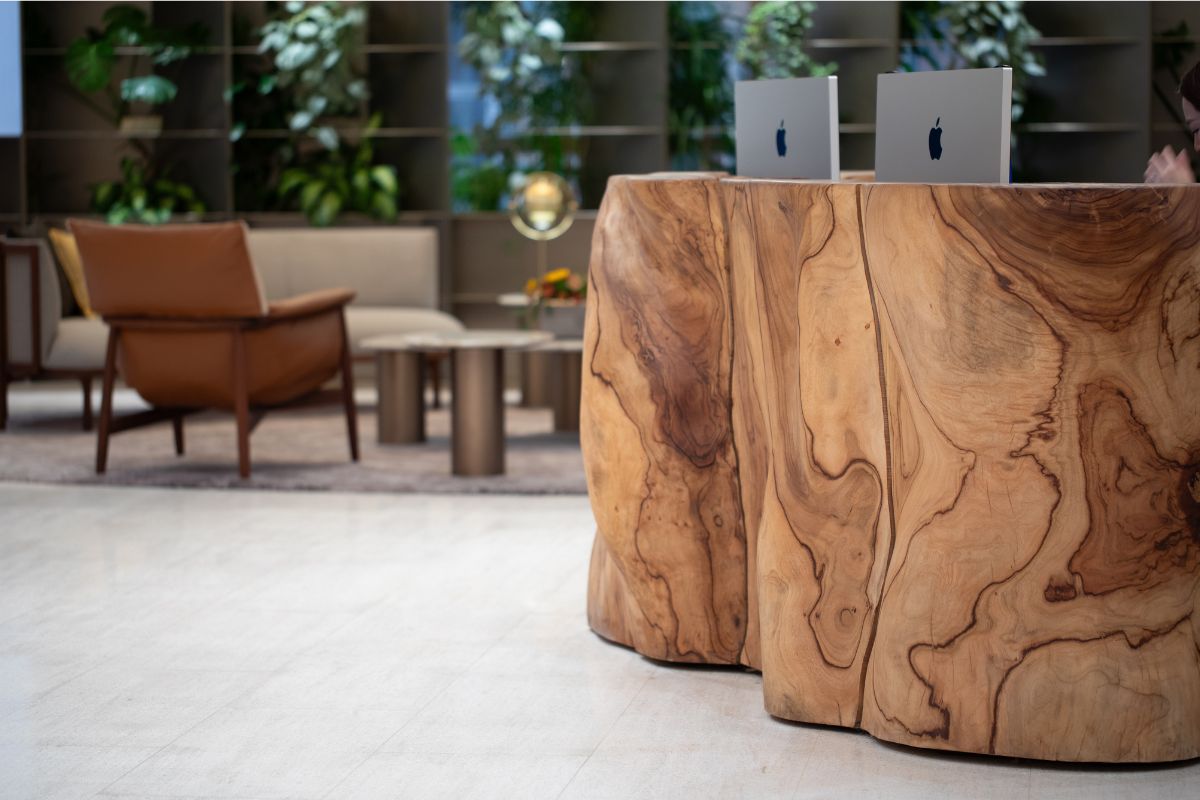Embodied carbon constitutes 11% of global carbon emissions and approximately 75% of a building’s total emissions over its typical 60-year lifetime*. In 2022, Hang Lung’s scope 3 emissions were about 72% of its overall emissions, with embodied carbon emissions from building materials being the largest source of emissions. As the impact of embodied carbon is fixed at the time of construction and cannot be reduced once the building is constructed, reducing embodied carbon is a major challenge for the global building and construction sector.
Hang Lung strives to accelerate the global sustainability agenda by tackling this major challenge through innovation as climate resilience is one of Hang Lung’s four sustainability priorities. To reduce Scope 3 emissions, the Company recently joined hands with a startup company, CLEANCO2, to launch a two-year strategic collaboration that deploys new technology such as low carbon recycled concrete aggregate (RCA) and CLEANCO2 carbon storage concrete bricks (low carbon concrete bricks) at the Westlake 66 development in Hangzhou.
The collaboration will see CLEANCO2 low carbon concrete bricks used to cover the secondary partition walls of the basement of Westlake 66 in Hangzhou, making it the first commercial development project in mainland China and Hong Kong to use these bricks.
The Company and CLEANCO2 have completed a small-scale pilot project with the low carbon RCA at Westlake 66 in Hangzhou and are now evaluating this process at a medium scale, using 150 tons of waste concrete. We look forward to introducing innovative solutions to other projects, and sharing the technology and achievements with industry peers to jointly promote green and low-carbon development.





.png)











-Group-photo_gold.jpg?width=1920&height=1280&ext=.jpg)
